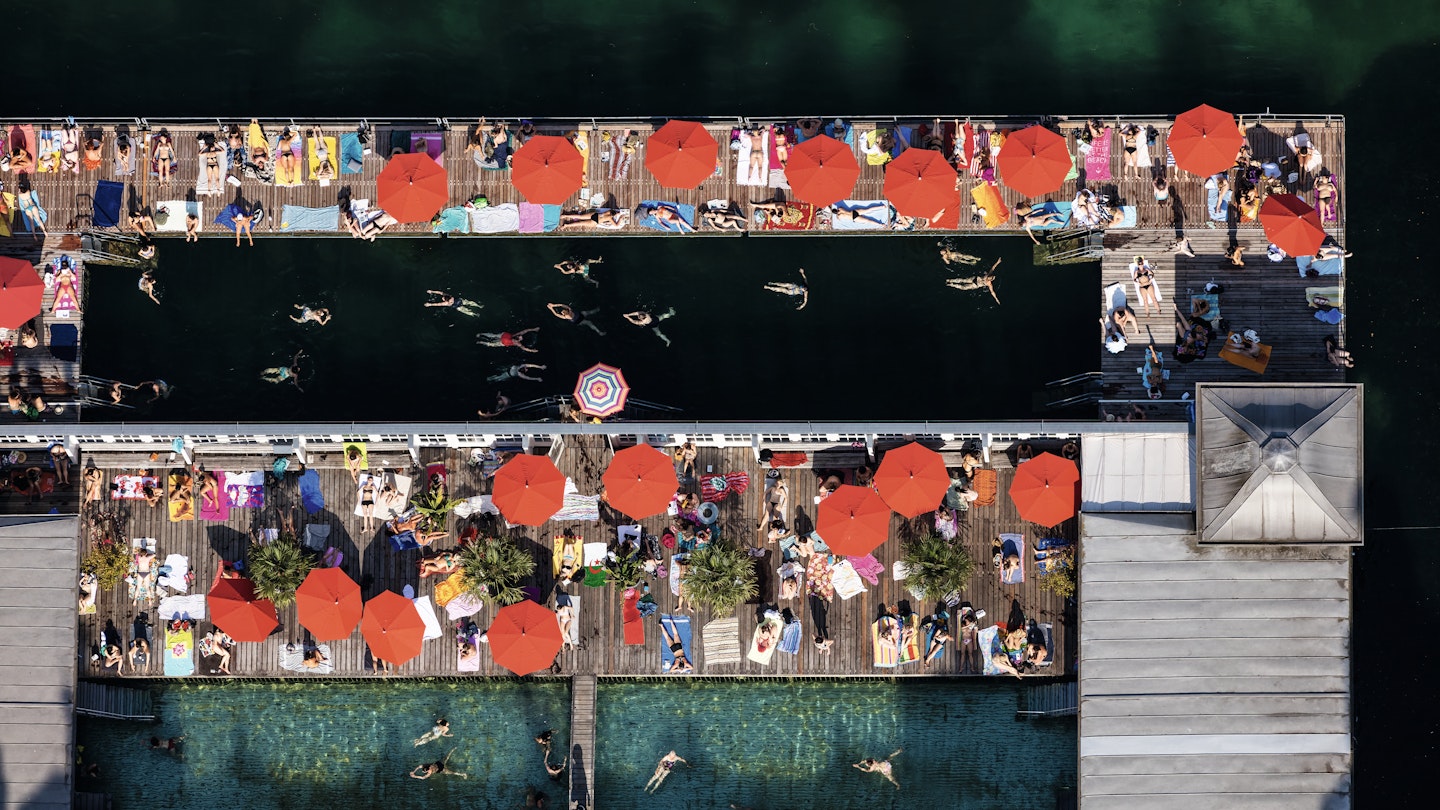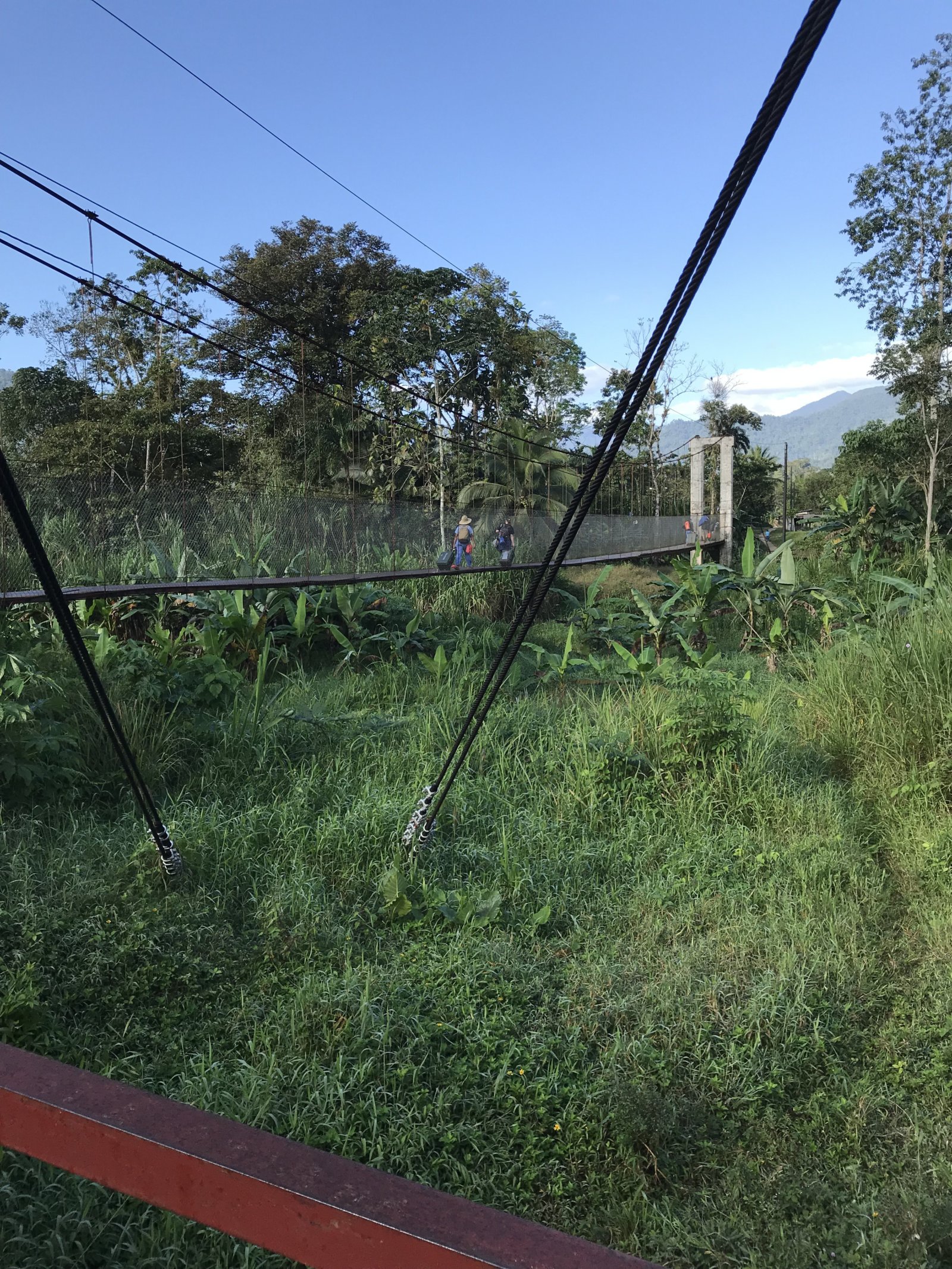Summary of Cold-Water Swimming and Lidos
Cold-Water Swimming: A Boost for Health
Cold-water swimming has gained popularity in recent years due to its extensive health benefits. Numerous studies indicate it can boost the immune system, build resilience, and help alleviate symptoms of depression. Moreover, public pools often provide travelers with an opportunity to explore a different side of a city. Writer Christopher Beanland has visited over 50 outdoor pools worldwide, revealing how these locations can shed light on a community’s character.
Morning Swimming Rituals
The day begins early in East London, where the tranquility of London Fields Lido welcomes the first brave swimmers. This calm sanctuary provides a gentle start to the day as the dedicated bathers glide through the water, transforming their mornings into a restorative ritual.
These early swimmers epitomize the wellness culture, rising before dawn to swim and rejuvenate. They are not just participants but are often enthusiasts who incorporate outdoor swimming into their daily lives for health and well-being.
Exploring Local Culture through Lidos
Christopher Beanland, while not a morning person, embraces outdoor swimming during his travels. While living in London, he makes time for his daily swim at London Fields Lido, known for its vibrant community atmosphere. On vacation, he seeks out outdoor pools, where he can immerse himself in local cultures and histories.
His book, Lido, captures the unique stories associated with various outdoor swimming pools, from the ancient Great Bath of Mohenjo-daro in Pakistan to contemporary initiatives like Swim Dem Crew in London, which strives to diversify the swimming community.
Notable Lidos Around the World

According to Christopher, lidos are a form of architecture that one can actively participate in. For example, the pool at Zollverein Coal Mine in Essen, Germany serves as a prime case study, transforming a historical site into a vibrant community hub that includes a modern swimming pool. The pool not only offers leisure but connects users with the site’s rich industrial history.
Historical Significance of Lidos
Many lidos, such as London Fields Lido, were conceived as part of public health initiatives in the 1920s and 1930s. These spaces facilitated community engagement and encouraged swimming as a vital life skill. After being closed due to funding cuts, London Fields Lido has successfully reopened, serving over 250,000 swimmers each year.
Christopher reflects on how historical lidos, built during a time when communal health and well-being were prioritized, continue to play a vital role in modern society. He encourages travelers to embrace these local gems, which provide access to culture, history, and wellness.
In conclusion, lidos not only offer opportunities for recreation but also serve as essential cultural and historical landmarks. Engage with these spaces to truly appreciate the intricate tapestries of communities you visit.





